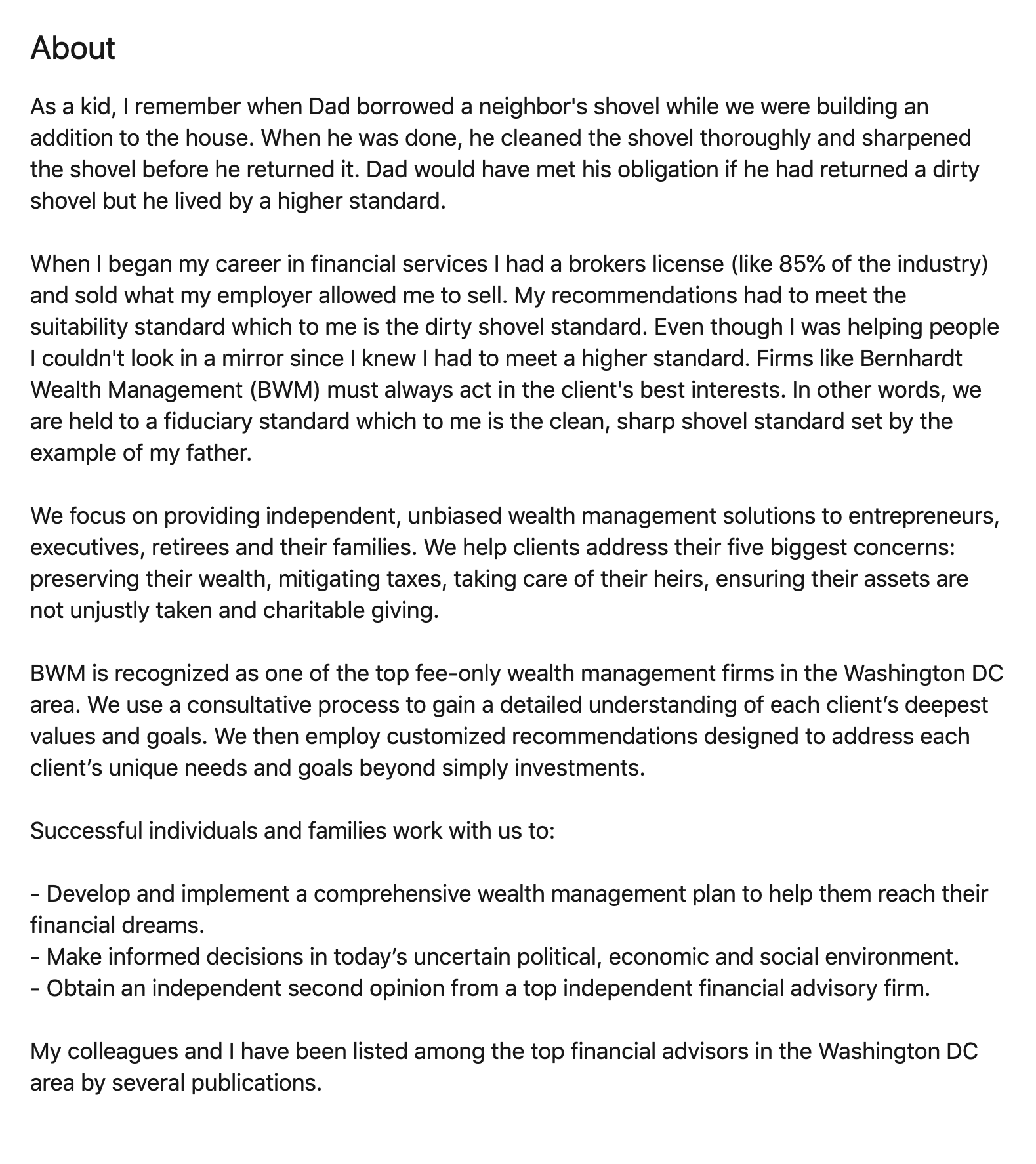
Business is about relationships. As LinkedIn co-founder, Reid Hoffman has said, “A networker likes to meet people. I don’t. I like accomplishing things in the world. You meet people when you want to accomplish something.”
To accomplish something great, you must connect with the right people. Professional networking platforms, like LinkedIn, are powerful tools that can help you meet the right people and develop exceptional business relationships. However, LinkedIn users must have the proper perspective about themselves to attract the right people.
Follow these five simple steps to enhance your LinkedIn presence.
1. Pick the right profile picture
What does your profile picture say about you? A LinkedIn profile picture is critical to attracting the type of business relationships you desire because it is the first thing people see on your profile. Your profile picture should be professional, clear, and the right size (low-resolution and pixelated selfies won’t cut it). It is helpful that people can see your face so that when they meet you, they can easily recognize you. Your profile picture communicates volumes about you and the brand image you want to represent.
LinkedIn Tip: Change your profile picture frequently. LinkedIn alerts your contacts and followers of this change. Your picture should show you in action, both professionally and personally.
2. Rewrite your LinkedIn headline
Your LinkedIn headline is at the top of your profile. This is a section where you can describe what you do in 120 characters or less. This concise description appears next to your user name in search results. It should entice people to click your profile to learn more. It is more beneficial to list how you help people in place of the standard job title. Your headline is one high-visibility sentence where you can sell yourself. Make it count.

3. Use the Summary section to share a story
The most compelling brands are effective storytellers. The Summary section allows you to share more about your company and background. Rather than talking about accomplishments, share core values, or a story that makes you who you are. Tell others what makes you who you are and how you conduct business. One example of this approach is financial advisor, Gordon Bernhardt’s summary.

4. Ask for recommendations
Recommendations communicate value and reveal the complete story of your work. People genuinely care what others say about you, not just what you say about yourself. Make sure you have recommendations for every position listed on LinkedIn and ensure the recommendations from your last role are stellar.
LinkedIn Tip: You get recommendations from others when you are willing to give others recommendations. Give your clients, customers, and employees high recommendations.
5. Review your list of skills
LinkedIn does an outstanding job of offering a wide range of skills that represent the user’s abilities. It is important to evaluate the skills section because these are the characteristics and expertise that LinkedIn will ask your connections to endorse. As you add or delete skills, make sure to choose skills you want to highlight in your association with others.
Succeed in the age of networked intelligence
LinkedIn users would be wise to remember the words of Wikinomics author Don Tapscott: “This is not an information age. It’s an age of networked intelligence.”
Your LinkedIn presence is important. Every business leader would be wise to take a few minutes to review and improve their LinkedIn profile to ensure it reflects who they are and what they want to achieve.
Ken Gosnell is the CEO and Servant Leader of CXP (CEO Experience). He serves leaders by helping them to have great experiences that both transform them and their organizations that enable to go further faster. He has worked with hundreds of CEOs and leadership teams to enhance strategic, operational and people accomplishments. He is an author, coach, and strategic partner with CEOs. Ken is the creator and facilitator of the Christian CEO Linkedin Group and creator of the CEO Experience Impact Assessment. He is married to Shonda, and they have four children. Connect with @ken_gosnell on Twitter.
© YFS Magazine. All Rights Reserved. Copying prohibited. All material is protected by U.S. and international copyright laws. Unauthorized reproduction or distribution of this material is prohibited. Sharing of this material under Attribution-NonCommercial-NoDerivatives 4.0 International terms, listed here, is permitted.








